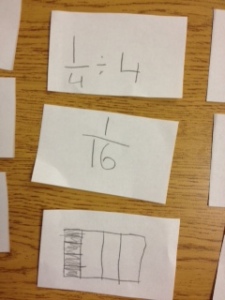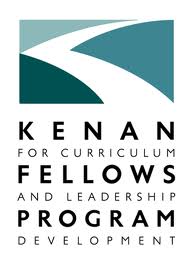
As I look back at the three professional development experiences that we have had through our Kenan Fellowship, a few key ideas come to mind and they are best described with a plant metaphor. I am not a gardener, so I may not do the art of growing justice, but I will give it a shot.
Seeds: The PD institutes we have experienced haven’t been enough to fully grow a garden, but they have been able to plant seeds. Whether it was the use of Augmented Reality in the classroom developing as teacher-leaders, we were exposed to a variety of gardens to grow. There is no way to grow each of these types of seeds, but I think we have all found a specific seed or two that we are wanting to cultivate. For me, these include growing my use of social media in the classroom and developing as an advocate for change in education that is student-teacher-leader focused.
Roots: While there may not yet be tons above the surface, the professional development institutes we have shared have built strong roots for growth. The foundations of knowledge and experiences we have shared have been exceptional at meeting us “where we are” and allowing us to move forward from those points. As a PD leader myself, I’m often the “feeder” but miss out on the opportunity to “get fed.” Our sessions, many with people I have known for ages (like Paul and Jason), gave me the chance to just sit, learn, and grow.
Water: Considering my dip in the Nantahala, this reference is probably obvious
Time: At this point, I’m just looking forward to time. I need time to process, time to reflect, and time to forge a new path for leadership that fits my needs, desires, and personal mission.
Fruit: My Kenan Fellows experience is bearing fruit in ways that I hadn’t anticipated… new friendships, increased professional opportunities, engagement in my own teaching, and learning benefits for my students.
Applications for the Class of 2015 Kenan Fellows are open now. Please take the time to consider this opportunity. It is not for everyone. It’s time consuming. It’s demanding. It’s hard work. But, it’s also an exceptional opportunity for professional growth, networking, and fun! If you have any questions, feel free to get in touch!
photo credit: Jason A. Samfield via photopin cc













